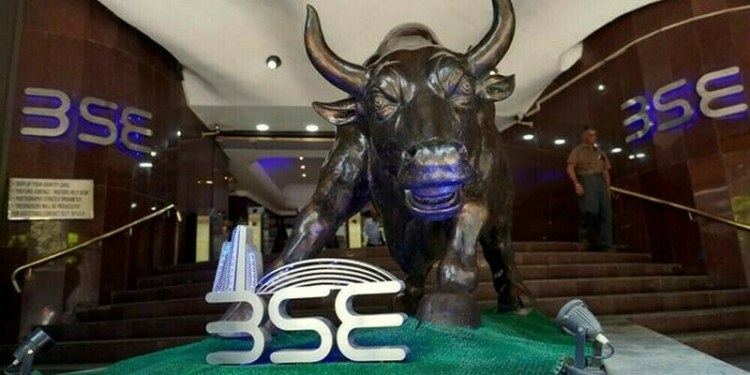The country’s natural rubber (NR) production in 2015-16 has dropped by 13%. According to the latest statistics culled together by Rubber Board of India, the NR imports in the last fiscal spiralled up by 3%.
The total rubber production in 2015-2016 was 5.63 lakh tonne. In the previous fiscal, the rubber production had been 6.45 lakh tonne. Meanwhile, NR imports in 2015-2016 surged up to 4.54 lakh tonne, compared to 4.42 lakh tonne in 2014-2015, say Rubber Board officials.
Three years ago, India had slid down in the rubber production map of ANRPC (Association of Natural Rubber Producing Countries) from world’s fourth biggest rubber producer’s notch to that of sixth biggest rubber producer. Interestingly, in Thailand, Malaysia and Vietnam, rubber production in the peak season in last fiscal has fallen by 20%.
Corresponding to the shrink in rubber output in India, the imports of truck and bus radial tyres in the country have increased by 64% in 2015-16 to 12.8 lakh units from from 7.8 lakh units in the previous fiscal, giving worries to ATMA (Automotive Tyre Manufacturers Association).
In April 2015, to check imports and support the domestic rubber farmers, the Centre had jacked up the import duty on NR to 25% or R30 per kg, whichever is lower. However, alarmed by the fall in domestic prices of rubber, farmer outfits — both UPASI (United Planters Association of South India) and IRGA (Indian Rubber Growers Association) — had urged the Centre for ban of imports through all channels.
The supply shortage has hardly thrown the rubber farmer in a price-cosy situation, IRGA secretary Siby Monipally told FE. Although there has been a recent bullish trends in rubber market taking the price of RSS-4 in the range of R130 to R132 per kg, the production cost for the premium grade is as high as R150 per kg. From R92 per kg, the price of RSS-4 had slowly started to look up, only in April.
In the wake of poor price realisation, growers have been abstaining from incurring the wage costs of tapping their rubber trees. This apathy has been compounding the rubber famine in the domestic market. Only after the entry of South-west monsoon and the accompanying wet spell in the plantations, rubber production is expected to pick up.



























